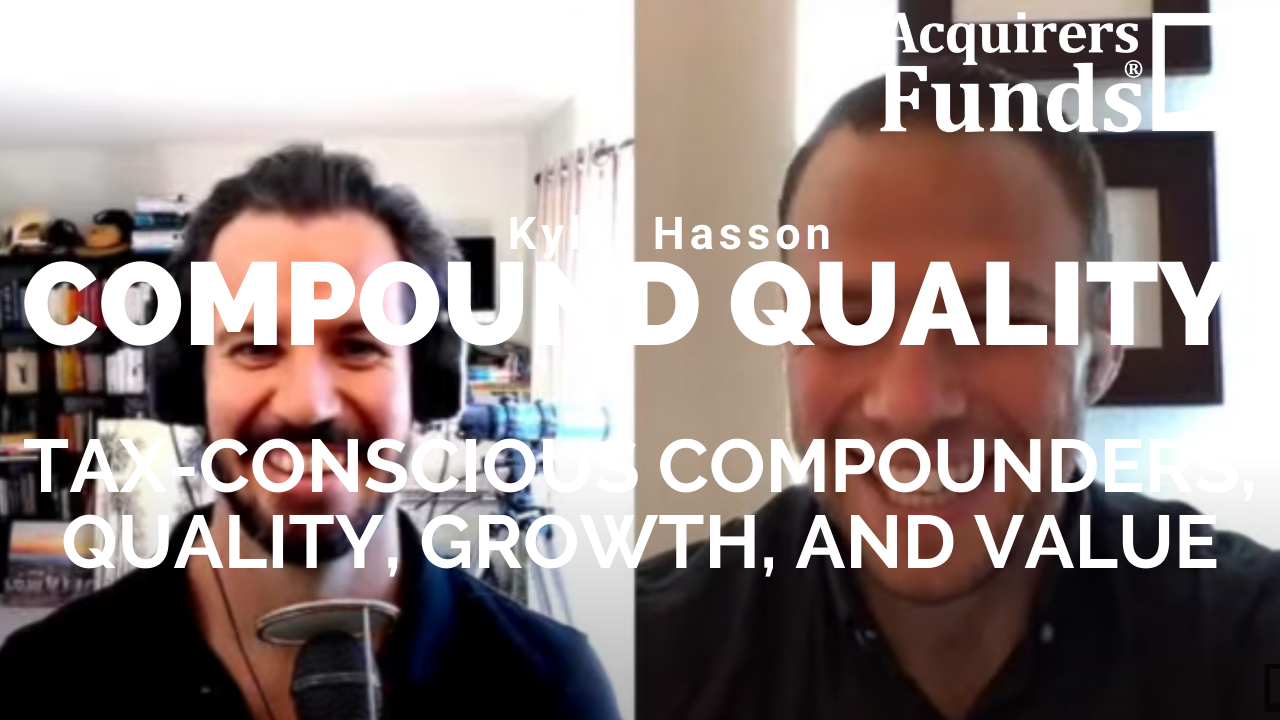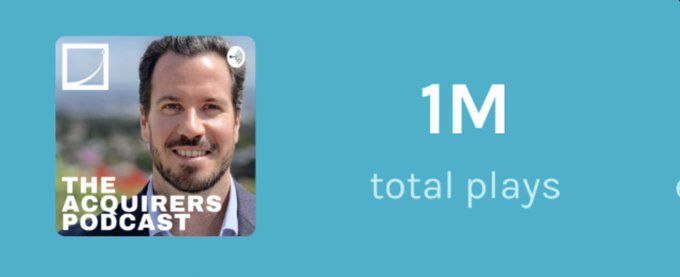During his recent interview with Tobias, Kyler Hasson, Portfolio Manager at Delta Investment Management discussed Focusing On Free Cash Flow On Invested Tangible Capital. Here’s an excerpt from the interview:
Tobias: How are you thinking about valuation in that context, though? I’ve got your portfolio in front. It’s still a reasonably traditional value portfolio. It’s not at the super growthy end of value, which I talk to a lot of guys who’ve got a lot of compounders in there, who are a lot of SaaS companies, which still falls within the definition of value the way that they’re defining value. It just depends on how you’re treating that growth. So, I look at yours and this is not an uncommon collection of businesses. So, you’re still thinking about value in some context, how are you doing it?
Kyler: Yeah, that’s a good question. For me, actual valuation, I think a lot of people make it complicated. I don’t think it has to be super complicated. It’s cash in, cash out. So, for me, I really, really focus if I’m going to own anything, what are the cash flow characteristics of this business? Everything I own, I hope that I plan for it to grow. I don’t own sort of distressed situations or anything like that. So, if this company is going to grow, my first question is, well, how much capital does it need to grow? I think that’s– if you have a price to earnings multiple, it doesn’t always tell you that story, and the bridge from price to earnings to free cash flow is return on invested tangible capital is what I look at.
So, I want to make sure, well, P/E ratio is 13 and it’s going to grow 4% or 5% and so that should be good. Well, what’s the return on tangible capital? How much of those earnings if you’re going to grow with that 5%, do you need to retain? If the return on invested capital is low enough, it could be a lot. Most people will look at the Capex needs of the business. I look a lot at working capital.
Heico is a name that I own. They generate about 500 million pre-tax and their working capital’s around that same number, about $500 million. So, if you think, well, Heico is going to double its revenue and earnings in five years, well, you’re going to need to retain $500 million in working capital, most likely. So, I really try to track those cash flows, if they’re going to use leverage, will they increase it with earnings, all these things. From there, it’s how much do I think the company can grow? What portion of its earnings does it need to grow? And that gives you your free cash yield and an estimate for growth, and I just sort of add them up.
So, if something is– if I think it can grow over a long amount of time at 5%, and the P/E is 10, but at that growth, the free cash yield of 7, then I’m saying, “Well, I think I can make seven plus five.” I don’t do super complicated modeling. But I do try to be really reasonable and how I think about that long-term growth. Make sure I’m not being really aggressive with my assumptions obviously, I try to be conservative, like most other people.
You can find out more about Tobias’ podcast here – The Acquirers Podcast. You can also listen to the podcast on your favorite podcast platforms here:
For all the latest news and podcasts, join our free newsletter here.
Don’t forget to check out our FREE Large Cap 1000 – Stock Screener, here at The Acquirer’s Multiple:




